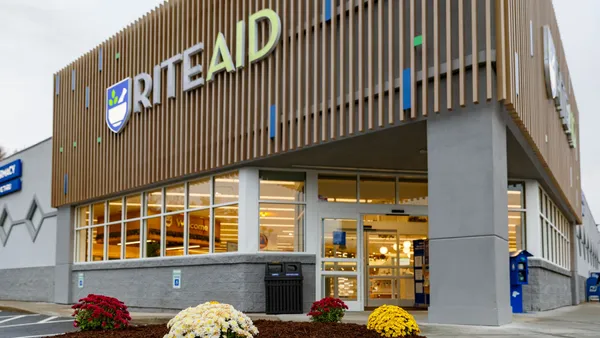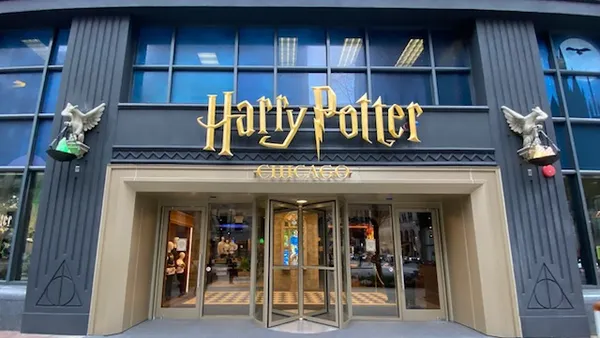Dive Brief:
- Lord & Taylor is partnering with InMobi Commerce to set up a retail advertising network, the martech company said in a release.
- The media network will be a full-funnel platform that will include shoppable videos that will link product discovery from social platforms back to Lord & Taylor’s owned channels.
- Lord & Taylor’s addition of a media network comes as the digital retailer is looking to broaden its consumer base by expanding into home, accessories, travel and beauty categories in a bid to provide “obtainable luxury” for shoppers.
Dive Insight:
Lord & Taylor's move into the retail media space is an attempt by one of the country’s oldest department store brands — established in 1826 and now a “digital collective” after emerging from bankruptcy in 2020 — to remain relevant and viable in the 21st century. Using InMobi Commerce’s platform, the company is hoping to create a full suite of retail media experiences, including sponsored product and video advertising, to improve consumers’ discovery process and the company’s e-commerce experience.
Lord & Taylor relaunched as a digital-only brand in the spring of 2021. In September of this year, the brand launched a digital-first campaign showcasing its accessible luxury positioning. The retailer can leverage InMobi’s AI platform to help advertisers streamline campaigns with a solution that lets them select budget, ROAS goals and campaign duration, then provides real-time reporting on how their campaigns are driving brand awareness and sales.
Retail media has become a go-to channel for companies looking to diversify their revenue streams and increase their ability to reach consumers as captive audiences. The channel is now estimated to represent 11% of total advertising spending globally and GroupM forecasts ad revenue for retail-based companies will grow nearly 15% this year to $101 billion and reach $160 billion by 2027.
With that kind of money coming in, numerous companies that own a brick-and-mortar store, e-commerce website or mobile app are preparing to create a network. The success of retail media networks, in fact, is inspiring other, non-retail companies to create their own media networks.
The interest is driven by the prospect of creating closed-loop media channels in which companies can use their first-party data to create better-targeted, more accurately measured advertising campaigns to captive audiences at the point of sale.
Yet, as the channel has grown, tensions are arising among traditional advertisers — in particular CPG companies — that the retailers are creating walled gardens in which marketers feel they must play or risk losing out elsewhere in the retailers’ ecosystems, such as maintaining or getting valuable shelf space in the brick-and-mortar outlets or preferential placement on e-commerce sites.














